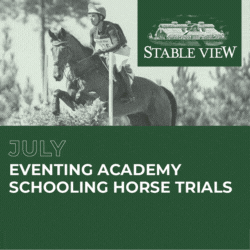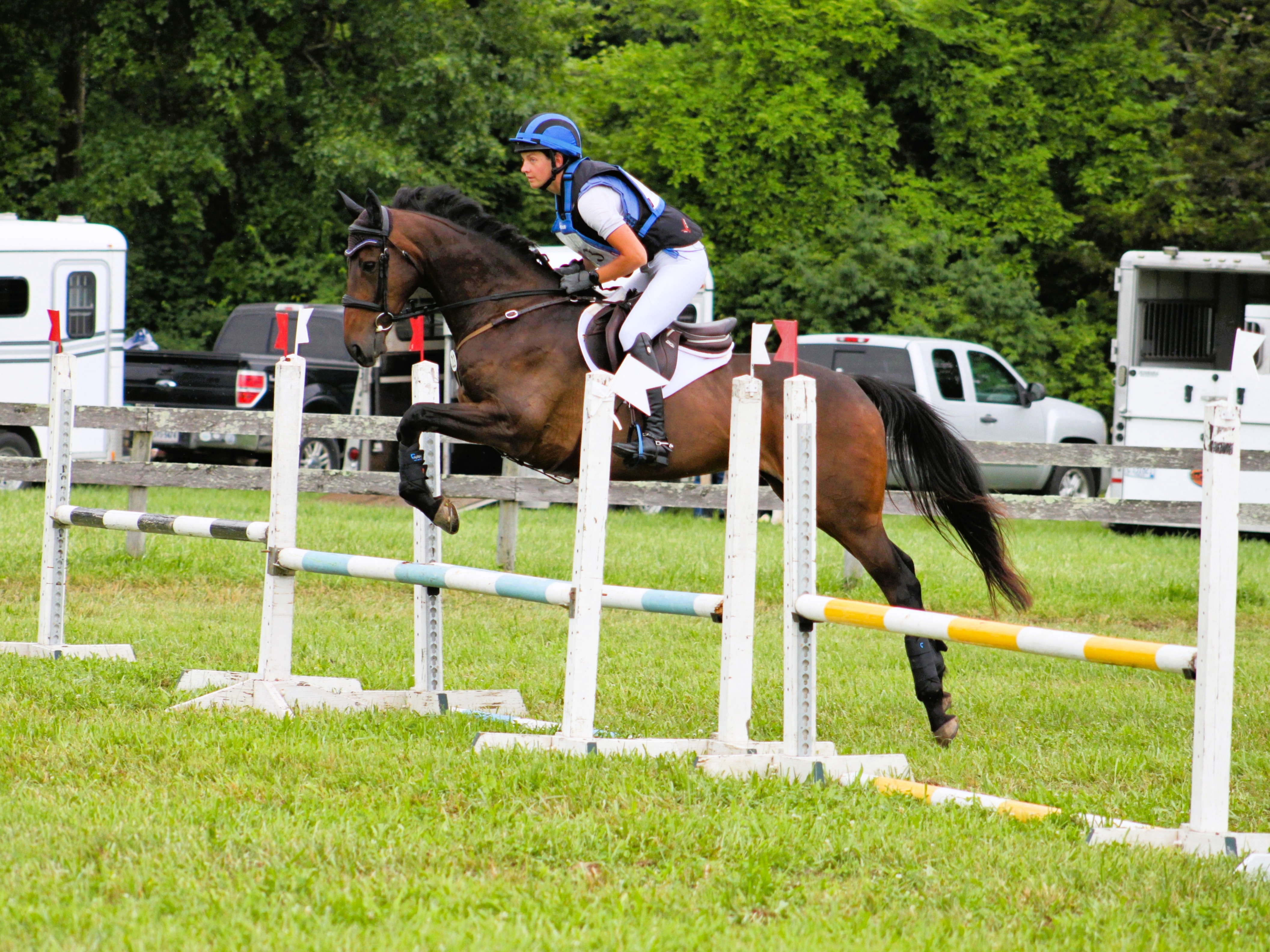
The U.S. Eventing Team hosted the first high performance training session of the 2021 competition year in Ocala, Florida last week, welcoming athletes from the Elite and Pre-Elite Training Lists to an intensive four-day camp focused on individualized training with Erik Duvander, the U.S. Eventing Team’s High Performance Director, and the program’s new show jumping coach, Peter Wylde.
The training session offered athletes the ability to familiarize themselves with Wylde’s coaching style and focus on fine-tuning their jumping technique with the opportunity to train on multiple horses each day. The first two days showcased combinations named to the program’s Elite list, with the final two days tailored to athlete and horse combinations on the Pre-Elite list.
Duvander, who is entering his third year with the program, was pleased with the talent and quality the combinations displayed over the four days and also discussed his enthusiasm welcoming Wylde to the coaching staff of the program.
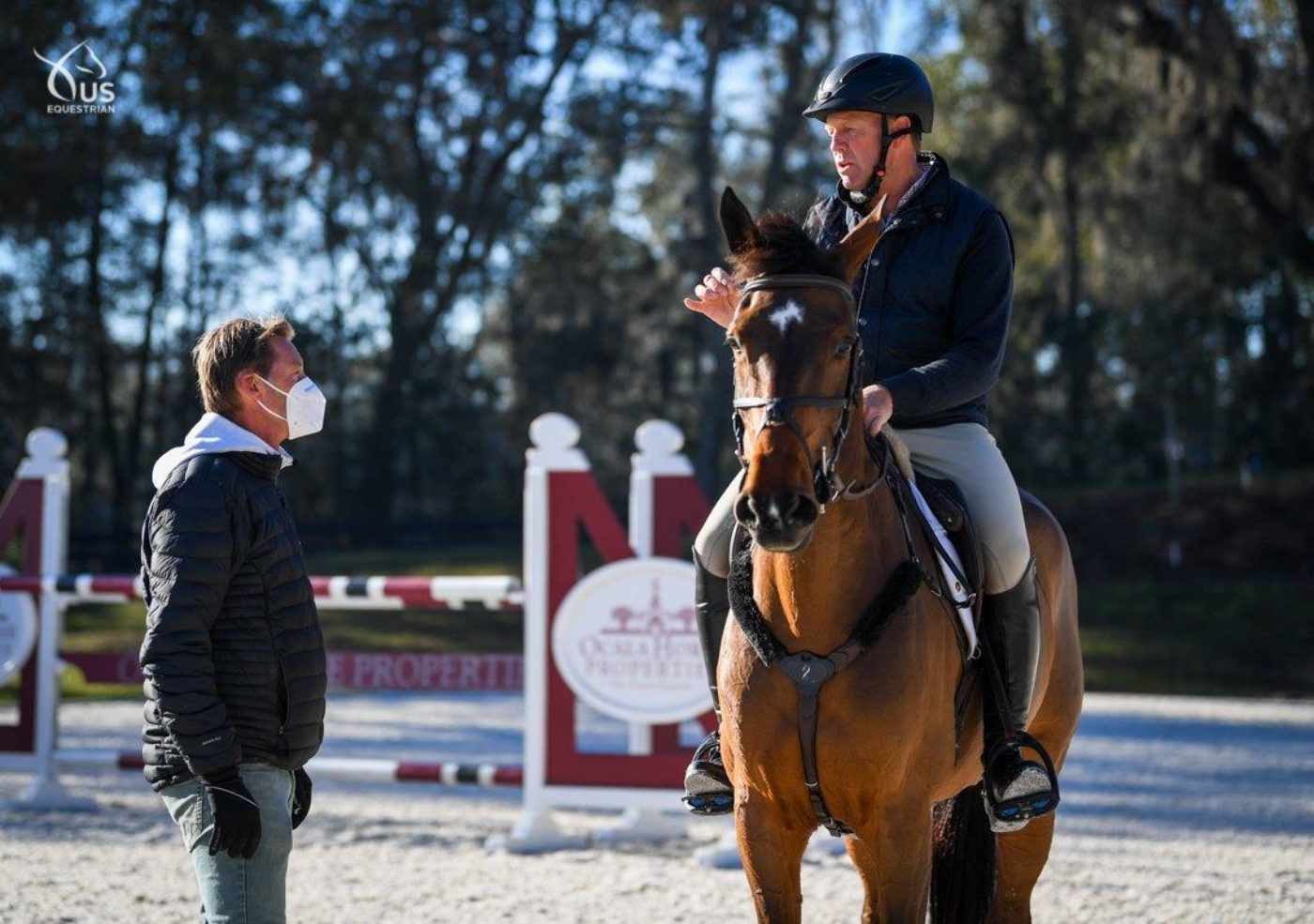
“This is the first session of the year, so this is an opportunity for Peter to check in on the horses and get to know some of the horses he hasn’t seen yet,” said Duvander. “The first day started with easy exercises to get the horses nice and supple and jumping in a relaxed manner. The second day was jumping more of a real track, not of high difficulty, but seeing more of what we need to focus on for the next training session and working on the fundamentals before the competition season so these riders can apply in their own training at home.”
Wylde holds an impressive resume having competed for the U.S. Jumping Team for more than two decades and represented the United States at the 2002 FEI World Equestrian Games in Jerez, Spain, where he secured an individual bronze medal aboard Fein Cera. He was selected to the team for the 2004 Athens Olympic Games, helping to secure team gold. Wylde has recently turned his focus to coaching and training – a perfect fit for the needs of the U.S. Eventing Team program.
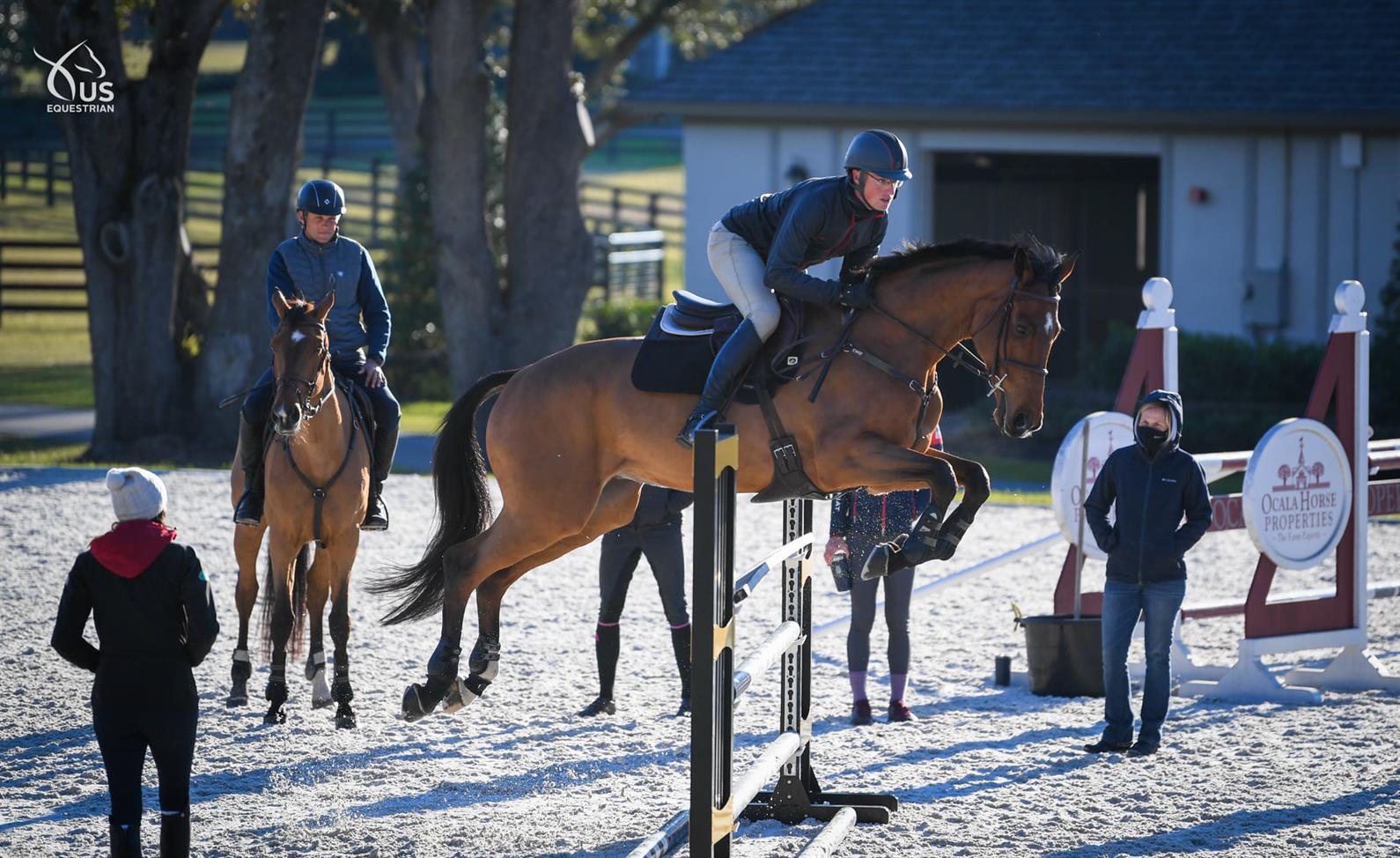
“We have been working on control, having a really good relationship with the horse, and getting the horses supple and jumping well, their rideability – these are all things that we do and focus on the pure show jumping side, too,” said Wylde. “I have to say, I’m so impressed with the riding and the horses. We have an incredible group of riders, both the seasoned ones and the younger athletes, who are just fantastic with really good horses.”
“This group likes to ride with a faster pace and more forward to jumps. That’s just normal with cross-country being a part of what you do. Everything that I feel – and the more I’ve done this with the eventing group it further strengthens my opinion – is to actually work on collection, suppleness, control, and getting the jump to be much more vertical and up than forward and flat. That’s a big part of it. It includes the roundness of the jumps and gymnastics training, so that’s really what we’ve worked on a lot. Most of it is very simple: low jumps, jumping out of hand, jumping with collection, landing and having collection after the fences.”

Building support around the program has been a key strategic focus for Duvander, who has enlisted top trainers from around the world to offer their expertise and coaching to program athletes. Duvander, who started his tenure with the program in 2018, sees the growth and progress so far in just three years, and the talent, quality, and competition results of program combinations are consistently trending in the right direction. In addition to Wylde, Duvander has also recruited Johann Hinnemann to join the team as the U.S. Eventing Team Dressage Coach.
“I’ve been in this role for a few years now and have been looking for someone as a show jumping trainer who would be the right fit for us. I got connected up with Peter about a year ago, and I was always a great fan of Peter, especially when he was riding and competing internationally. He rides in such a beautiful way. We had the chance to try him with a few riders at the start of training last year and it’s been super suitable, not just for the jumping, but the same style flows into the dressage and cross-country with the softness and the harmony,” added Duvander. “It’s very important to me to have a system that is a consistent way of training horses, so the jump training doesn’t do one thing and the dressage training does another.”
Last week’s jumping session was the first of 10 training days with Duvander and Wylde scheduled for the Elite and Pre-Elite athletes in the lead-up to the Land Rover Kentucky Three-Day Event, and dressage-focused training with Hinnemann will be introduced soon.
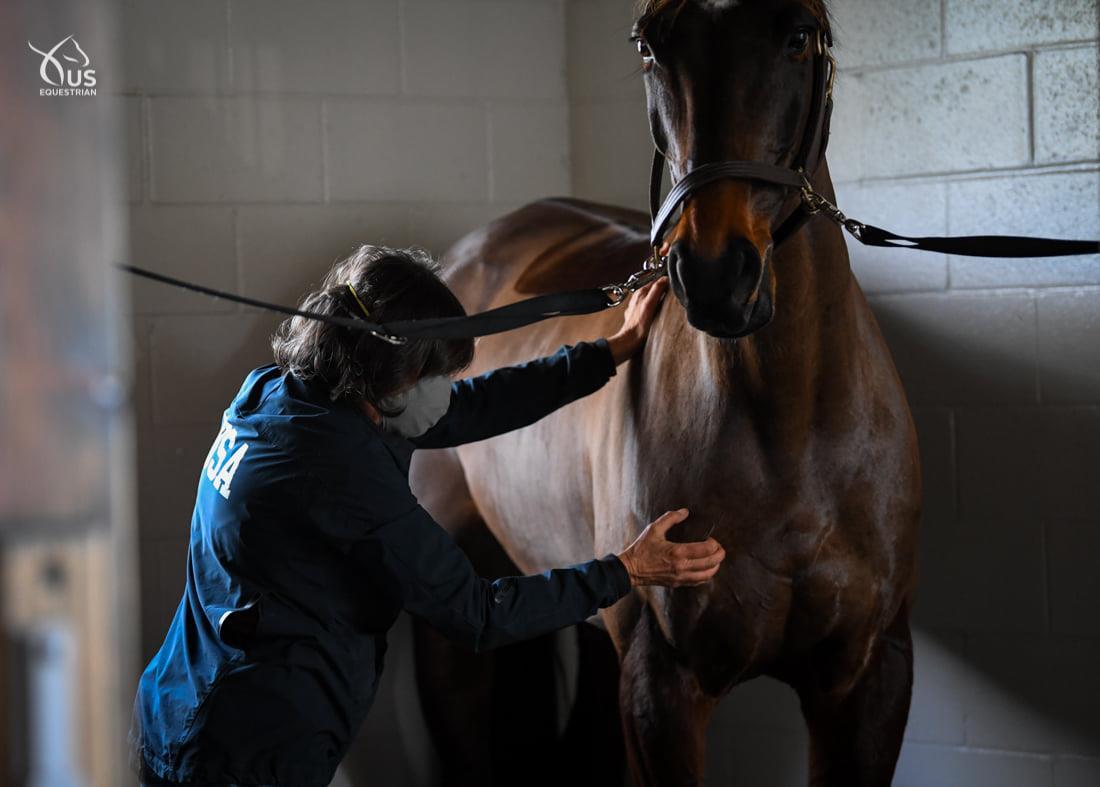
“We were thrilled to host a successful and safe training session in Ocala under the USEF’s COVID-19 protocols,” said Jenni Autry, USEF Managing Director of Eventing. “The horses on the Elite/Pre-Elite squad were also evaluated by Team Vet Dr. Susan Johns, Team Equine Physio Jo-Ann Wilson, and Program Farrier Beck Ratte to establish a baseline for the year. We were lucky to host both the training session and vet evaluations at Rob and Chris Desinos’ beautiful farm and are very grateful for their support and generosity.”
As an important spring season on the horizon will culminate with team selection for the 2020 Tokyo Olympic Games, Duvander feels confident and pleased looking ahead to the future and the progress made so far.
“This year is the first year I really feel like things are starting to gel,” he said. “When I look at the quality of the riders and horses we have at the moment, and their focuses, I think we’re really on to good times ahead of us.”
View the photo galleries and coverage from the 2021 USEF Eventing Winter High Performance Training Session here.
Watch the 2021 USEF Eventing Winter High Performance Training Session highlight video here.
The USEF International High Performance Programs are generously supported by the USET Foundation, USOPC, and USEF sponsors and members.
[U.S. Eventing Team Hosts First High Performance Training Session of 2021]





















